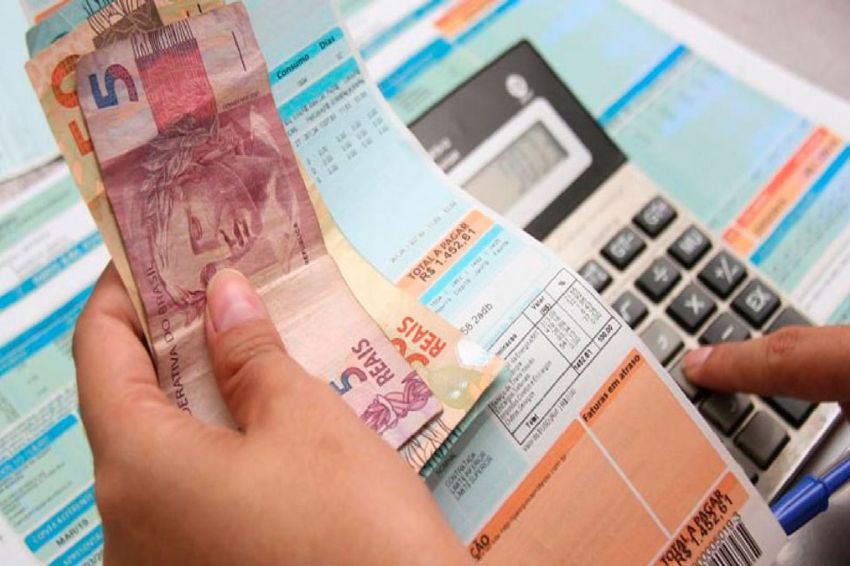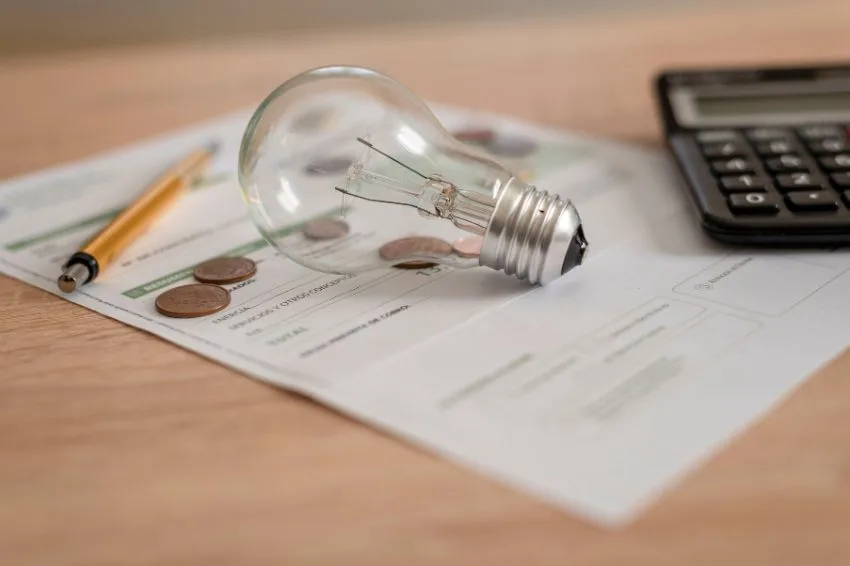The growth of self-generation of solar energy on roofs, facades and small plots of land will bring more than R$ 86.2 billion in systemic benefits in the electricity sector to Brazil over the next decade.
As a result, such resources will reduce the electricity bill for all consumers, including those who do not have their own solar system, by 5.6%.
This is what an unprecedented study by specialized consultancy pointed out. Volt Robotics, commissioned by ABSOLAR (Brazilian Photovoltaic Solar Energy Association).
From the official growth scenario designed for solar DG (distributed generation) of PDE 2031 (Ten-Year Energy Expansion Plan 2031), it will jump from the current 11 GW to 37.2 GW in 2031.
Therefore, in average scenarios, this technology will reduce the frequency of triggering the red flag in electricity tariffs by around 60% for Brazilian consumers in ten years.
In the case of scenarios with the possibility of a new water crisis, such as those suffered in 2001, 2014 and 2021, the decrease in the occurrence of the most expensive tariff flags for consumers reaches 17%.
Cost of electrical energy
In relation to the cost of electricity in the country, prorated and paid by all consumers, the survey showed that the growth of photovoltaic DG will represent a reduction of R$ 34 billion in costs passed on to consumers. This will provide a 2.2% reduction in electricity tariffs by 2031.
Regarding sectoral charges, costs that are also borne by Brazilian consumers, the reduction will be R$ 11.5 billion, bringing a drop of 0.8% in electricity tariffs.
According to Volt Robotics, another benefit will be the reduction of financial risk on changes in fuel prices, a cost covered by consumers, with a drop of R$ 24.2 billion and 1.5% less in public tariffs.
Reductions in electrical losses in transmission lines and distribution networks will bring additional savings of R$ 8.2 billion over ten years, guaranteeing Brazilians a 0.5% drop in electricity tariffs.
Rush hour
The study also projected the relief brought by distributed generation on demand during peak hours of the Brazilian electrical system, currently recorded between 10 am and 4 pm, a period in which solar DG has greater capacity to generate and deliver energy to the system. In this case, the calculated reduction is R$ 1.6 billion over the period.
Solar energy generation in the NE and SE
Another point highlighted by the work of the consultancy experts is the effect of this technology on reducing prices between the electrical submarkets of the Northeast and Southeast, estimated at R$ 8.5 billion over the next decade, bringing a drop of 1.5% in consumer tariffs.
In practice, they concluded that photovoltaic systems on roofs and small plots reduce the burden on exchange systems, reducing electricity costs for those who buy and consume in the Southeast and improving price levels for those who sell energy produced in the Northeast.
About the study
Entitled “Contributions of own solar energy generation in reducing electricity bills for all Brazilians”, the study presents the contributions of photovoltaic DG to reducing electricity prices in the country.
Furthermore, it outlines future scenarios with projected reductions in electricity tariffs for all consumers, based on the insertion of solar systems distributed in cities and rural areas.
The data from consultancy Volt Robotics focused on calculating the so-called “systemic benefits to the electricity sector” and does not include other socioeconomic and environmental gains.
















